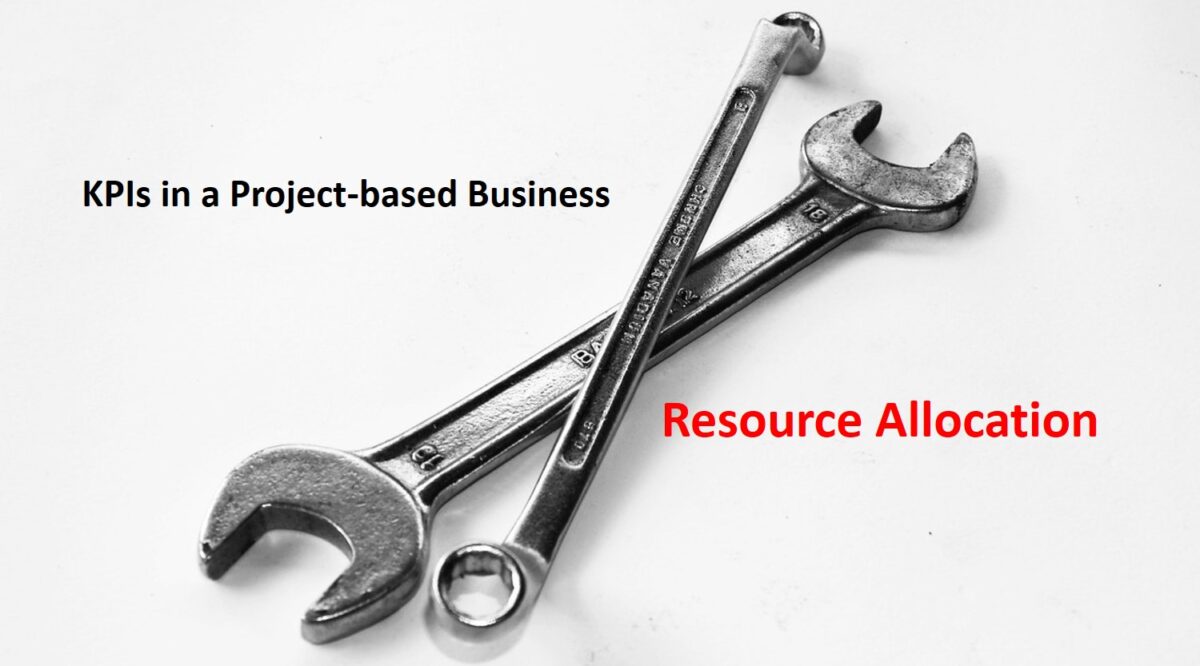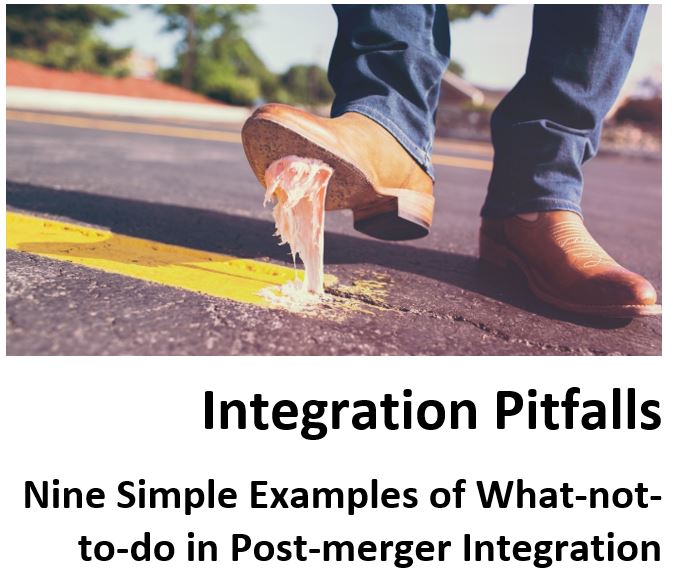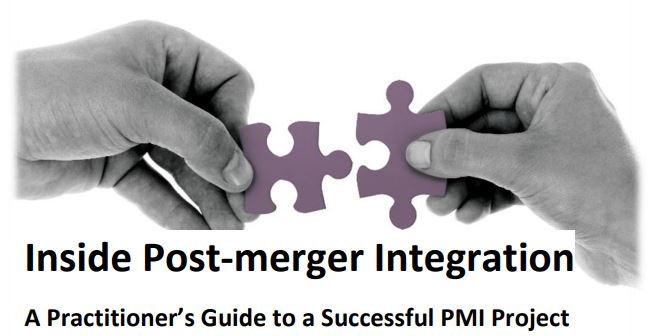This is the last part of my series on a brief introduction of KPIs relevant to any business that is building its success on performance of distinct customer projects.
1.1 Project Quality
A project quality-KPI measures the quality of deliverables and outcomes. It may include metrics like defect rates, customer satisfaction ratings, adherence to quality standards, and number of rework or corrective actions.
Project quality has a direct impact on project expense (thus profitability), and on the probability of doing repeat business with a customer. Measuring defects will also provide input to discussing supplier issues and potentially claims.
1.2 Project Scope
This KPI assesses the project’s adherence to the defined scope and its ability to manage scope changes. Metrics may include the number of scope changes, scope creep percentage, and customer change requests. In summary, it is a metric for project planning quality.
1.3 Other, Less Critical Performance Indicators
- Customer Satisfaction
This KPI measures the satisfaction level of project stakeholders, including clients, end-users, and other relevant parties. It can be measured through surveys, feedback ratings, or other qualitative and quantitative assessments.
- Project Team Performance
This KPI measures the effectiveness of the project team in terms of collaboration, productivity, and overall performance. It may include metrics like team satisfaction ratings, employee turnover rate, and team productivity metrics.
- Stakeholder Communication
This KPI evaluates the effectiveness of communication within the project and with external stakeholders. Metrics may include the frequency and quality of project updates, stakeholder feedback, and communication response times. - Resource Productivity
Resource Productivity is used to assess the output and deliverables produced by each resource within a given timeframe. This metric focuses on the quality and efficiency of work completed by resources, providing insights into their productivity and contribution to project outcomes.
- Feedback and Performance Reviews
Best-in class businesses regularly gather feedback from project managers, team members, and stakeholders regarding resource utilization. They conduct performance reviews to assess individual and team performance, identify strengths and weaknesses, and provide constructive feedback to enhance resource utilization for future endeavors.









